Comprehending underwater scooter thrust is beneficial not just for tech aficionados; such understanding aids in appreciating the equipment, selecting appropriate models, and enhancing underwater explorations. This guide explores the science and practicalities of how a sea scooter or DPV (Diver Propulsion Vehicle) generates its impressive forward momentum.
The Heart of Propulsion: A Scooter's Motor & Propeller
The star players in generating thrust are the electric motor and the propeller.
- Electric Motor: Most modern underwater scooters utilize a powerful yet quiet brushless DC motor. This motor is the workhorse, drawing energy from robust, rechargeable lithium-ion batteries. These batteries are pivotal, offering high energy density for sustained cruising.
- Propeller Power: Connected to the motor is a specially designed propeller. Its blades are angled to maximize the push against the water while minimizing turbulence (those disruptive water swirls that create drag).
How it Works: As the motor spins the propeller, the blades push water backward. This is a perfect demonstration of Newton's Third Law of Motion: for every action, there is an equal and opposite reaction.
- Action: The propeller pushes water backward.
- Reaction: The scooter (and its user) move forward.
This backward acceleration of water also creates a pressure differential. Essentially, the area behind the propeller has lower pressure than the area in front, and this difference helps propel the scooter forward, adding to the force. The amount of sea scooter thrust generated hinges on several factors:
- Motor Power: Often around 500 W or more, a more powerful motor can spin the propeller faster and with greater force.
- Propeller Design: The size, shape, and pitch (angle) of the propeller blades are crucial for efficiency.
- RPM (Revolutions Per Minute): Higher RPMs generally translate to more thrust, but this also leads to faster battery consumption and can increase drag.
Manufacturers meticulously engineer these elements to achieve an optimal balance.
Related reading: How Does an Underwater Scooter Work?
What Else Shapes a Scooter's Thrust and Performance?
Generating raw thrust is one aspect; ensuring its effectiveness and efficiency is another. Several factors influence this:
Hydrodynamics
The sleek, smooth shape of an underwater scooter is intentional. This streamlined design is all about hydrodynamics. It minimizes water resistance (drag), ensuring that the thrust generated by the propeller is utilized effectively for forward motion, rather than simply combating water resistance. Superior hydrodynamics lead to more efficient DPV thrust.
Battery & Power Management
High-energy lithium-ion batteries are more than just power sources; they are part of a sophisticated system. The battery's discharge rate directly impacts how long a scooter can maintain peak thrust. High-speed bursts are exhilarating but demand more power and generate more heat. Fortunately, many scooters incorporate thermal sensors to protect the motor from overheating, contributing to the longevity of an electric sea scooter.
User Control – Managing the Thrust:
Control is maintained by the diver or user. Underwater scooters feature ergonomic triggers or buttons, often with multiple speed settings. This control is typically managed by Pulse-Width Modulation (PWM). PWM technology adjusts the voltage and current sent to the motor, thereby controlling the propeller's RPM and, consequently, the thrust output. This allows for smooth acceleration and precise speed adjustments.

Real-World Impact: What Underwater Scooter Thrust Means for a Dive
With the theory covered, it's important to understand how thrust translates to actual underwater adventures.
Speed and Agility
Typical underwater scooters can achieve speeds of 2 to 5 mph (roughly 3 to 8 km/h). This depends on the model, water conditions, and the user's own drag profile. This sea scooter thrust enables divers to cover more extensive areas, observe more marine life, and conserve energy (and air, for scuba divers). The propeller's thrust also influences steering and stability. Some advanced models even use directional vanes or swiveling nozzles to redirect thrust for sharper turns and enhanced maneuverability.
Buoyancy and Depth Mastery
Thrust must be balanced with buoyancy. Excessive uncontrolled thrust can lead to rapid, unintended ascents or descents. Experienced divers learn to use gentle, controlled bursts of thrust to maintain neutral buoyancy and a stable depth. Some high-end scooters even include features that assist with depth holding by dynamically adjusting thrust. This synergy between thrust and buoyancy control is essential for a relaxed and safe dive.
Understanding Thrust Ratings
"Thrust ratings" may be specified for some scooters, often in pounds or Newtons. For instance, some advanced DPVs can produce thrust exceeding 14 pounds (around 62 N). This level of power allows for comfortable cruising at speeds approaching 5 feet per second (approximately 3.4 mph). While not the sole specification to consider, it provides an indication of the scooter's propulsive capability.
Glide Smarter, Not Harder
Understanding the intricacies of underwater scooter thrust is empowering. It fosters an appreciation for the engineering behind these innovative devices and enables more effective use. From the robust motor to the precisely-tuned propeller and the vital role of hydrodynamics, every component collaborates to deliver that remarkable sensation of flight beneath the surface.
When an underwater scooter is used, remembering the brilliant physics at play can enhance the unparalleled experience of gliding through the water.
FAQs
Q: How exactly does an underwater scooter create thrust to move a user?
Thrust is achieved through an electric motor spinning a propeller. The propeller pushes water backward, and based on Newton's Third Law (action-reaction), this propels the scooter and the user forward.
Q: What are the main things affecting how much thrust a sea scooter generates?
The most significant factors include the motor's power, the propeller's design (its size, pitch, and RPM), the efficiency of the battery, and how streamlined (hydrodynamic) the scooter's body is to reduce water resistance.
Q: How does the scooter's thrust actually impact the diving experience?
Thrust directly influences underwater speed (usually 2-5 mph) and maneuverability. Sufficient thrust allows divers to cover more area, conserve energy (and air if scuba diving), and with proper control, helps maintain the desired depth and buoyancy.
Featured Articles:
- Underwater Scooter Battery Life and Runtime: What You Need to Know
- Troubleshooting Common Underwater Scooter Problems
- How Deep Can Your Adventure Go? Understanding Underwater Sea Scooter Depth Ratings
- What is a Diver Propelled Vehicle?
- Zooming Underwater: How Fast Can Underwater Sea Scooters Really Go?
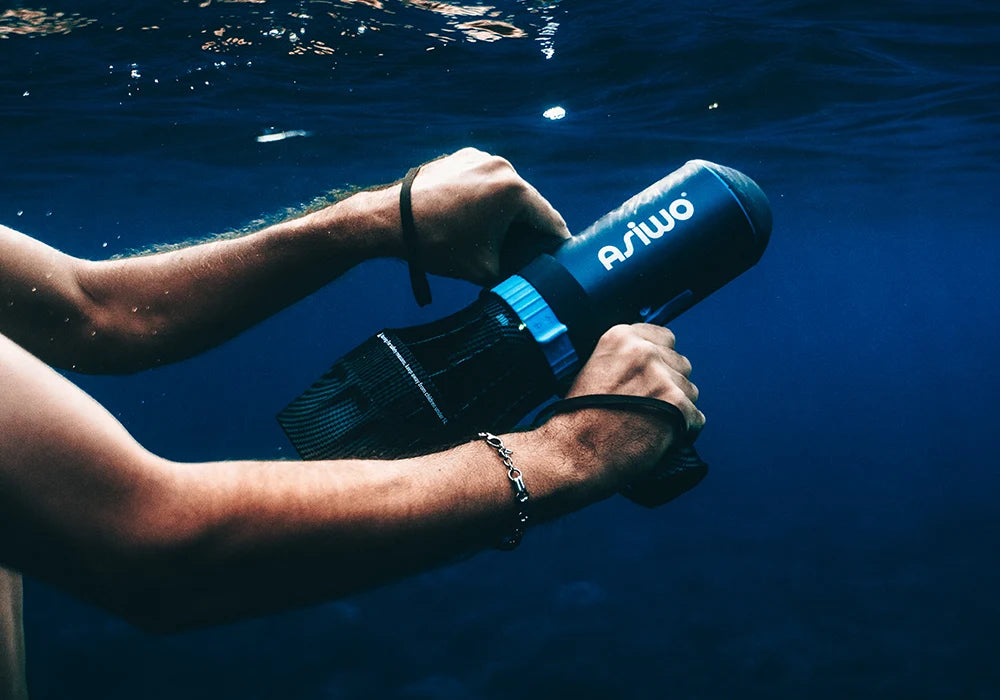




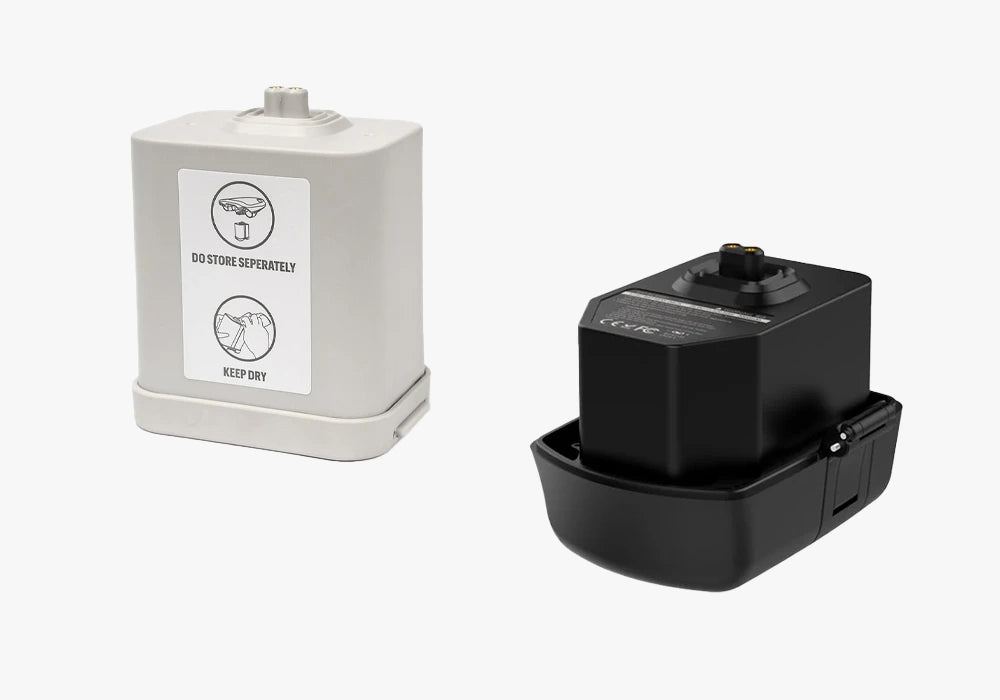





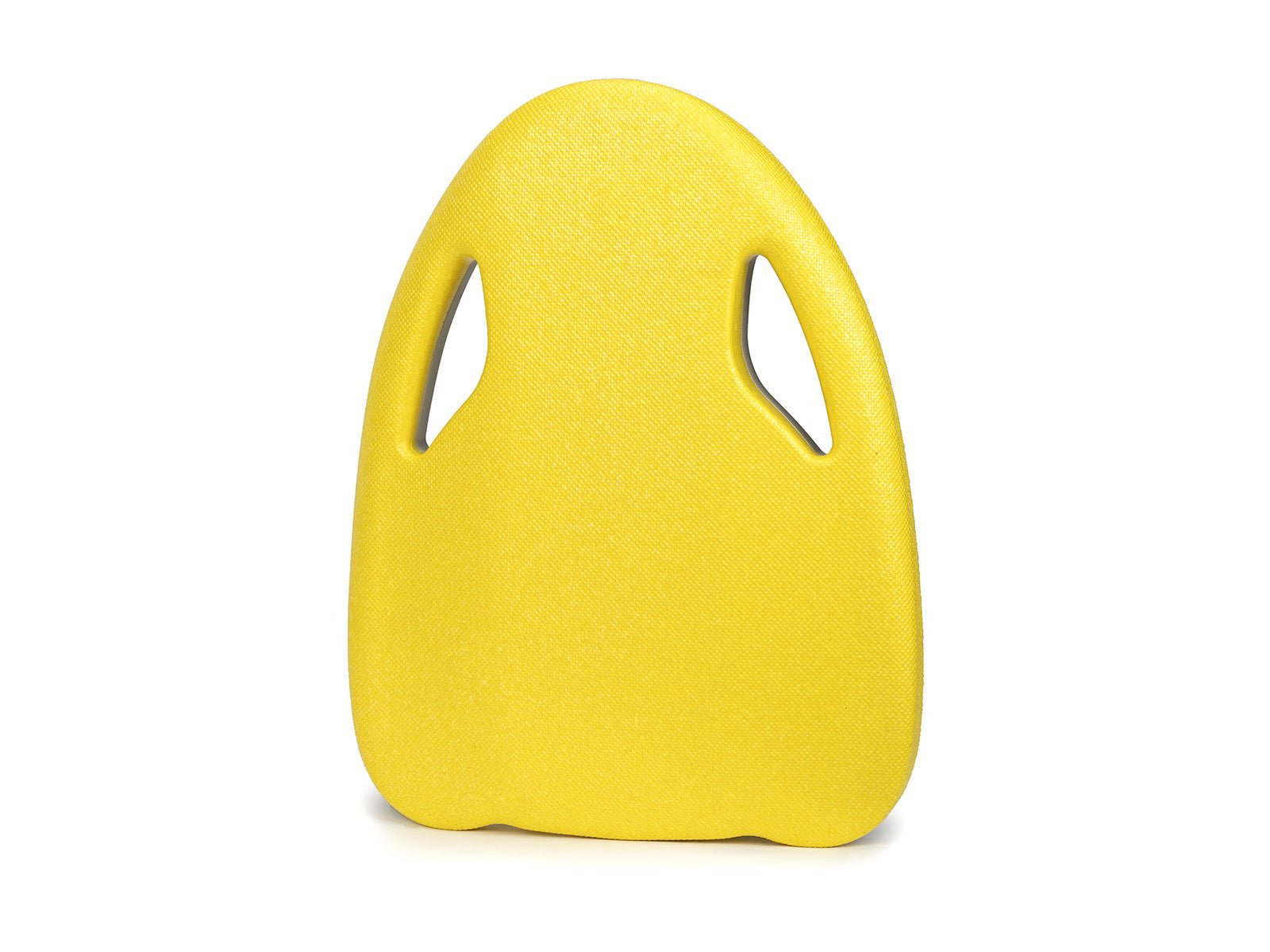
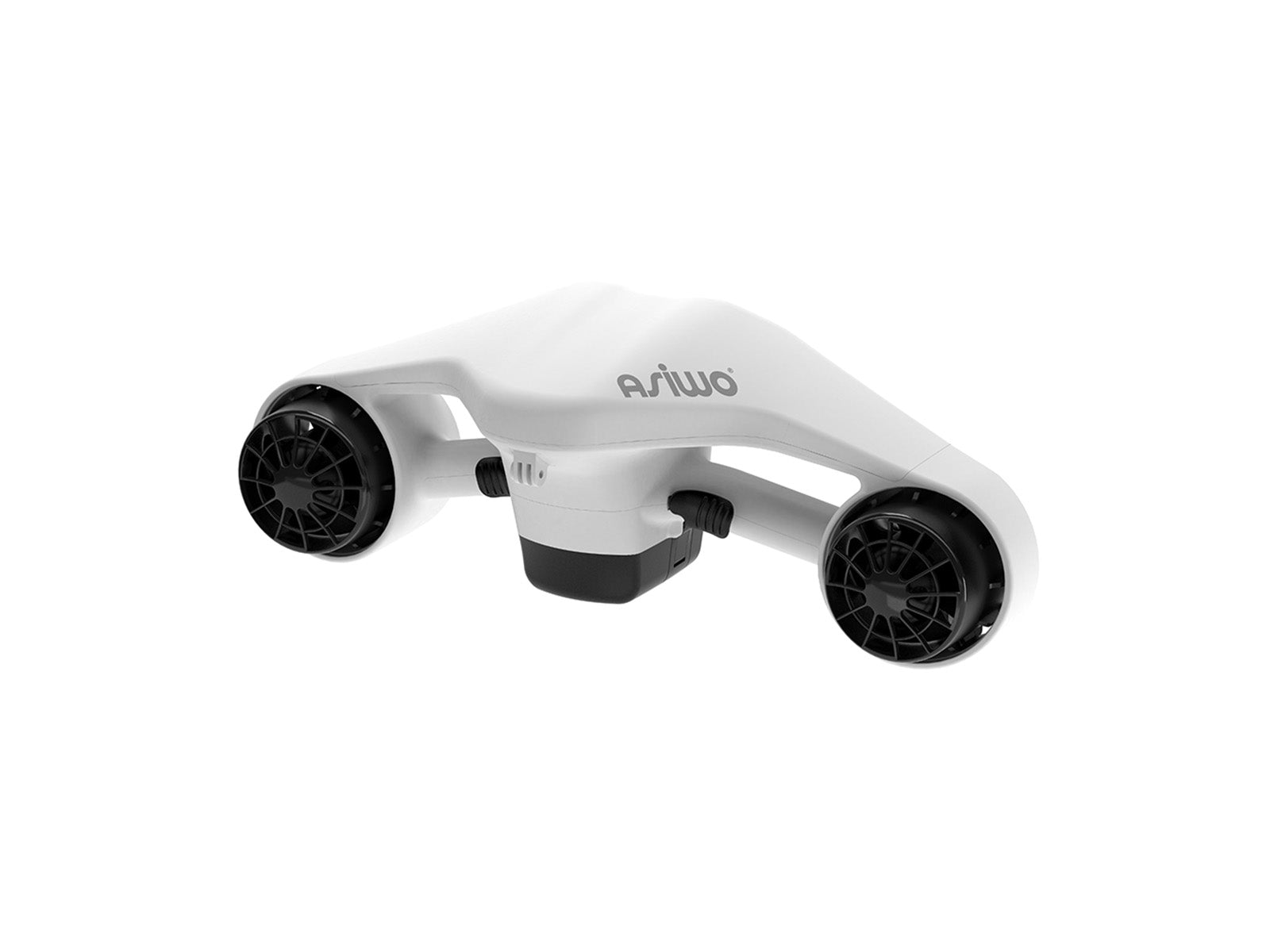
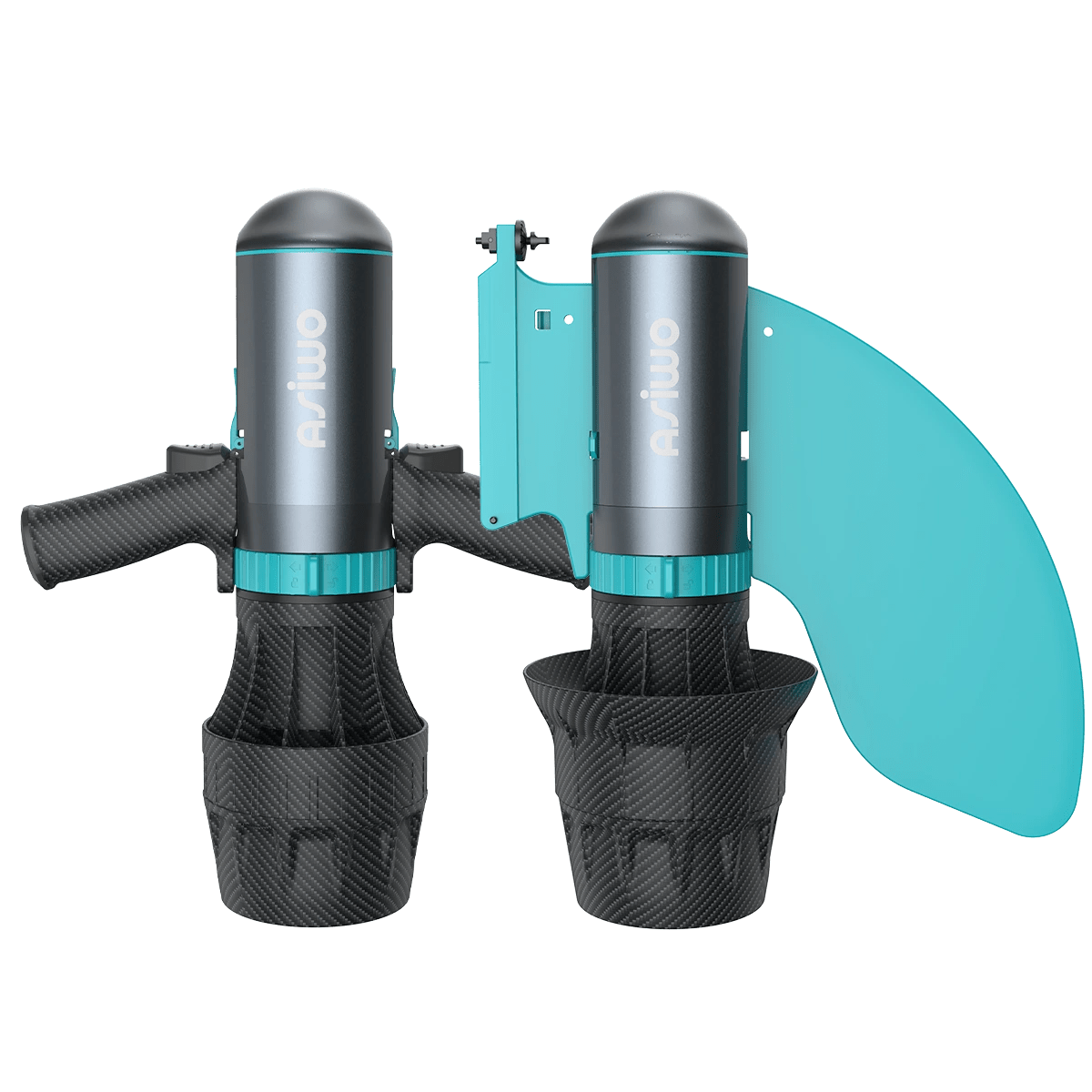




Lascia un commento